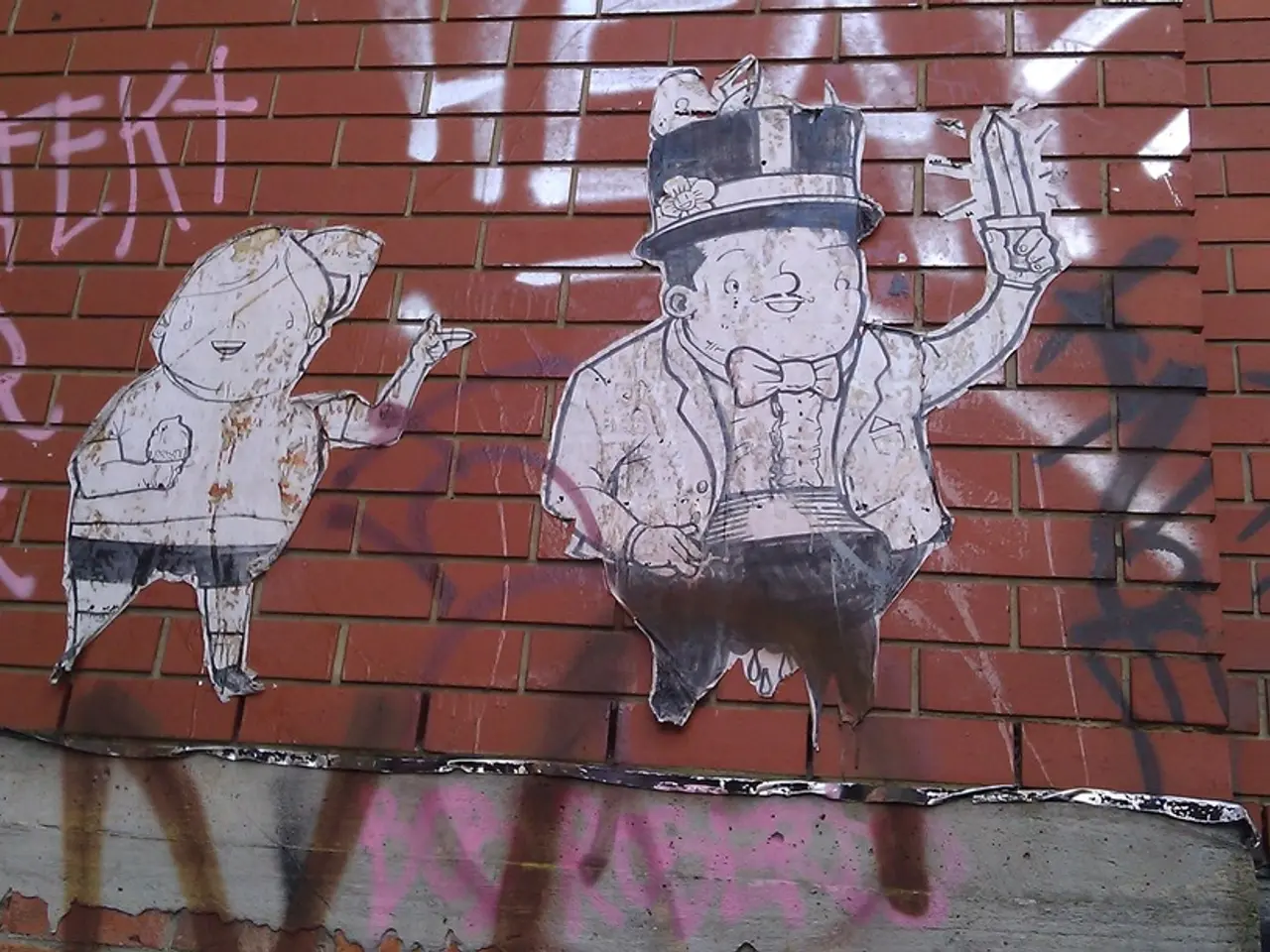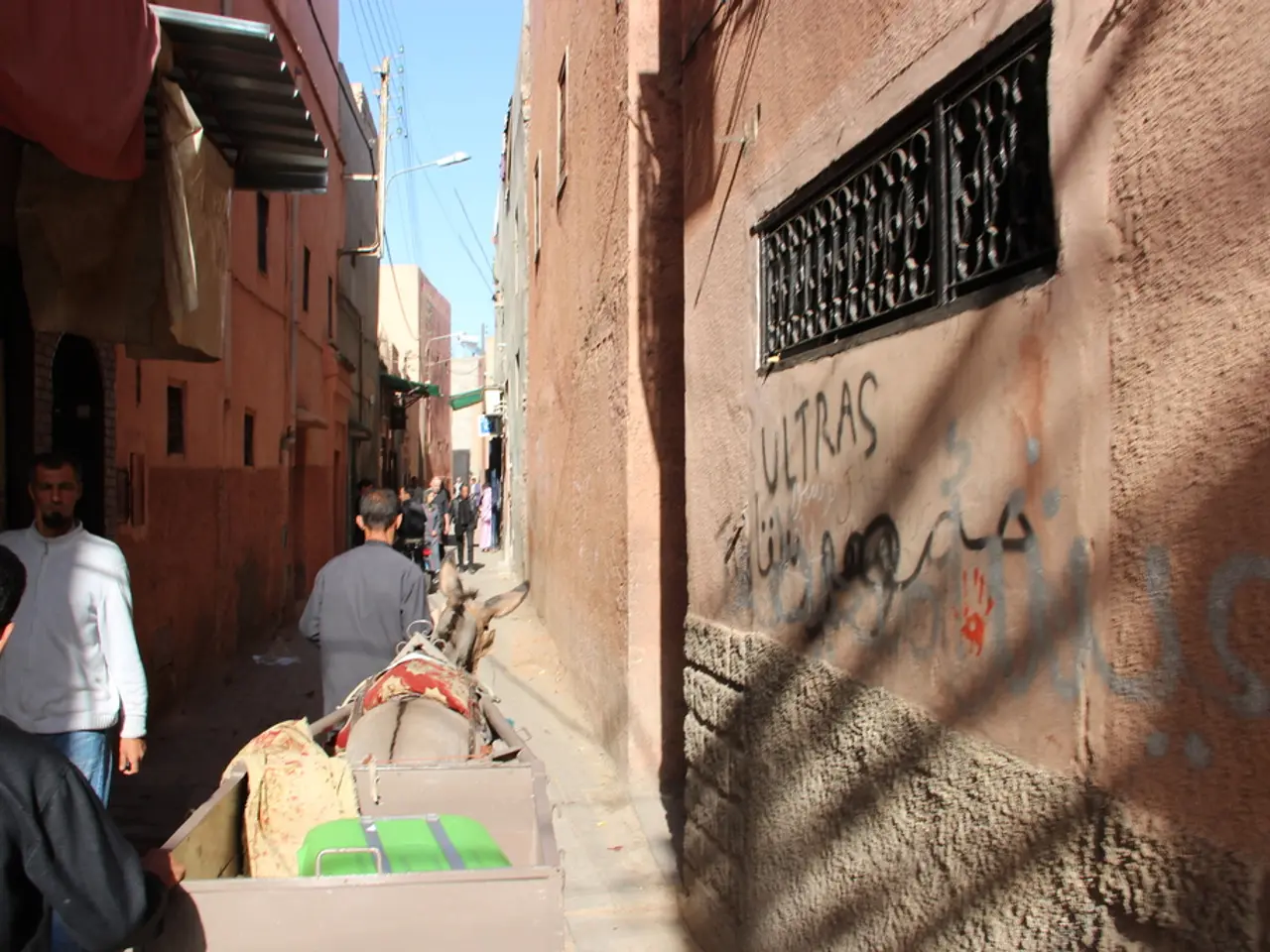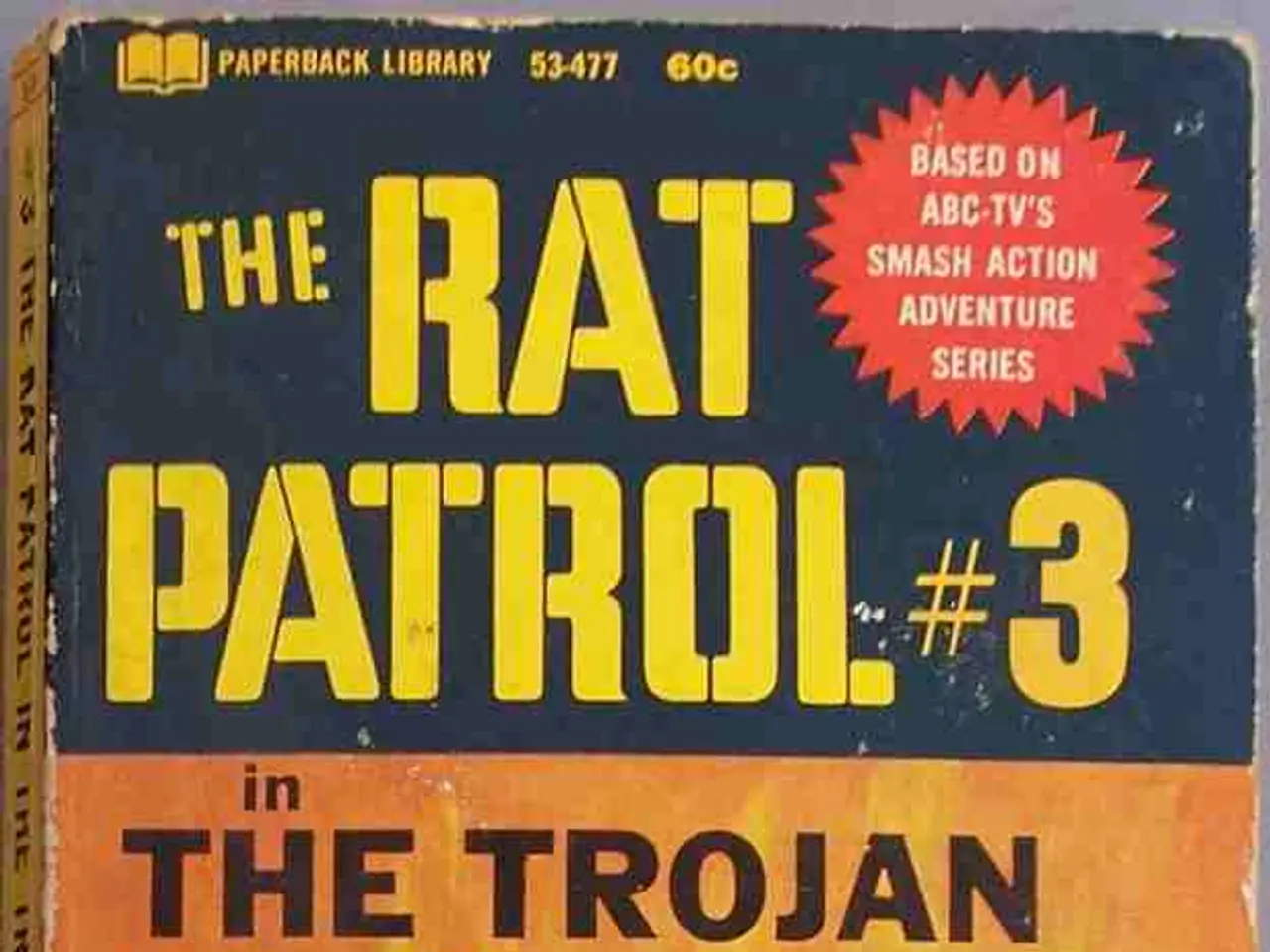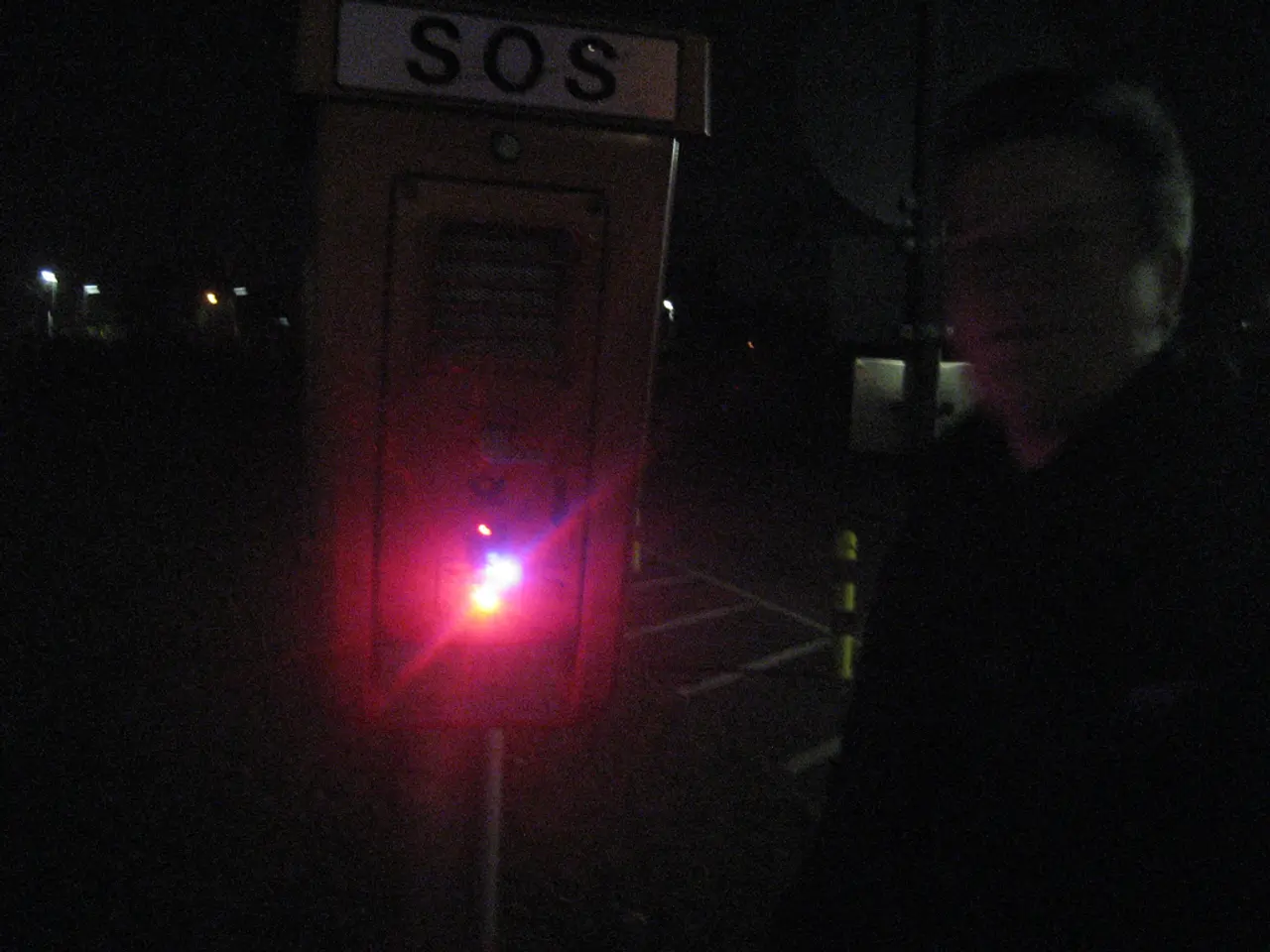Preparing Each Taiwanese, a Resistance Fighter: Anticipating a Potential Chinese Invasion
Preparing for a Resistance Movement in Taiwan: Building Resilience and Solidarity
As the People's Liberation Army continues its occupation of Taiwan, experts and strategists are emphasizing the importance of a civilian resistance movement. This movement, if necessary, would be a homegrown and organic response, driven by the people of Taiwan and supported by international partners.
The key components of such a resistance movement, as suggested by experts and related US military or security frameworks, focus on individual resilience, community solidarity, social mobilization, and democratic engagement.
Individual Resilience and Psychological Strength
Resistance starts with the mental toughness and emotional endurance of individuals who can cope with stress, uncertainty, and trauma during crises. Strengthening individual resilience—through psychological, social, and practical support—is foundational because resilient individuals bolster resilient communities and, in turn, national strength.
Community and Social Network Support
The resilience of individuals is closely linked to social networks. A civilian resistance movement relies on strong community bonds and social support systems that enable coordinated actions and mutual aid under pressure.
Civic Participation and Democratic Engagement
Movements like Taiwan’s recent large-scale social protests (e.g., the "Great Recall") highlight the role of political activism, youth participation, and cross-generational involvement (including veterans) in civilian resistance. These movements operate through democratic means to defend sovereignty and oppose perceived authoritarian structures or external influence, thereby preserving national identity and democratic legitimacy.
Practical Defense Preparedness
Although civilian resistance focuses on social resilience, Taiwan also supports its defense capabilities through coordinated military drills and strategic partnerships (like with the US) that include new military technology and training. This wider strategic context enhances the environment in which civilian resistance can operate as part of a broader comprehensive defense posture.
The United States Army Special Operation Command offers a useful framework for understanding components of a Taiwan resistance. The public component would be the overt political manifestation of the resistance, responsible for negotiations with CCP representatives on behalf of the resistance. The armed element would be local citizens organized along military lines, conducting military and paramilitary operations in enemy-held areas. The underground would have the ability to conduct operations in areas inaccessible to guerrilla forces. The auxiliary would provide active clandestine support to the guerrilla force or the underground. The parallel government would replace the governance functions of the existing regime (CCP's occupation representatives).
Preparing the civil population of Taiwan for their contribution to a potential resistance is crucial. This includes educating them on the importance of resilience, community solidarity, and democratic engagement. Nongovernmental organizations could play a key role in procuring equipment and sending it to the front lines, while specialty organizations like the Ukraine Crisis Media Center could emerge to promote Taiwan's cause and respond to Chinese propaganda.
The success of a Taiwan resistance movement will depend on several factors, including the timeline of occupation, the size and strength of the occupying force, the level of support from the people, and the diplomatic, informational, military, and economic response from the international community. The government-in-exile, displaced from the island or already overseas during the invasion, would play a vital role in coordinating efforts and seeking recognition from other nations.
Resistance needs to be homegrown and organic to the place it occurs and the people who conduct it, with foreign supporters not wanting a free and independent Taiwan more than the people of Taiwan do. The citizens of Taiwan today are technologically advanced and highly educated, with companies at the forefront of advanced technologies like semiconductors and artificial intelligence. These resources could be leveraged to support the resistance movement.
In summary, US and expert perspectives on Taiwan's civilian resistance emphasize building resilience at the individual and community levels, fostering broad social mobilization with democratic legitimacy, and reinforcing integration with national defense strategies for sustaining long-term resistance against external threats.
- As the People's Liberation Army continues to occupy Taiwan, experts suggest a homegrown civilian resistance movement is crucial, emphasizing individual resilience, community solidarity, and democratic engagement.
- Strengthening individual resilience is vital, as it bolsters resilient communities and national strength, enabling individuals to cope with stress and trauma during crises.
- A strong civilian resistance movement relies on social networks and community bonds, providing coordinated actions and mutual aid under pressure.
- Political activism, youth participation, and cross-generational involvement, as seen in Taiwan's recent social protests, are essential for civilian resistance, preserving national identity and democratic legitimacy.
- Practical defense preparedness, including coordinated military drills and strategic partnerships, will strengthen Taiwan's defense capabilities and enhance the environment for civilian resistance.
- The United States Army Special Operation Command's framework offers insight into the components of a Taiwan resistance, including the public, armed, underground, auxiliary, and parallel government.
- The success of a Taiwan resistance movement depends on the people's support, the international community's response, and leveraging technological resources to counter propaganda and support the movement's cause.





